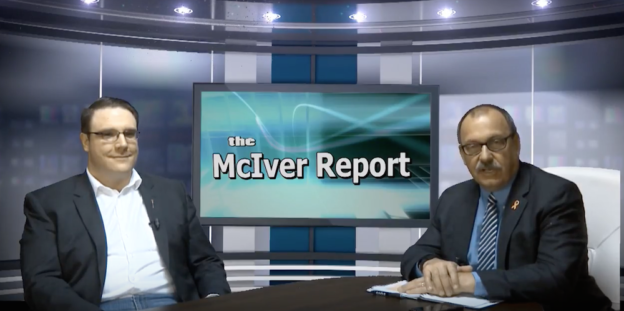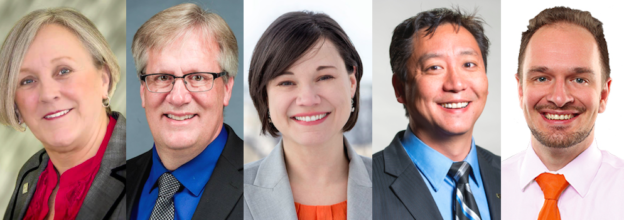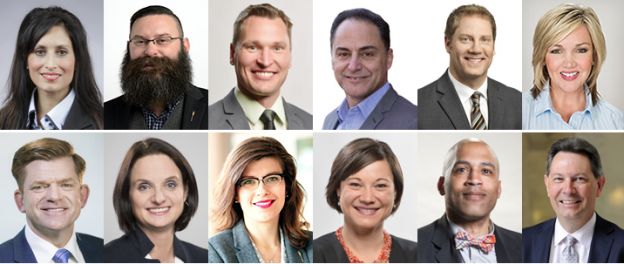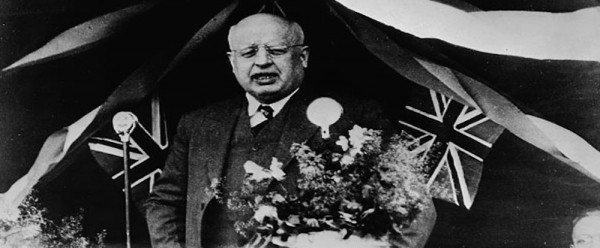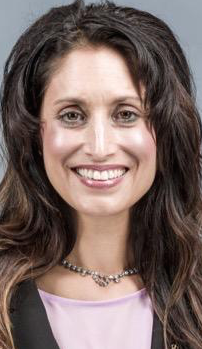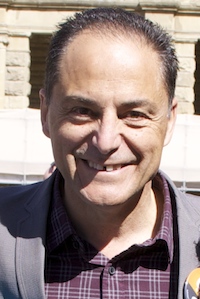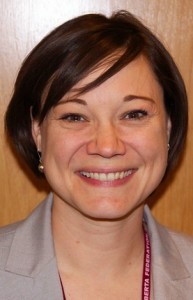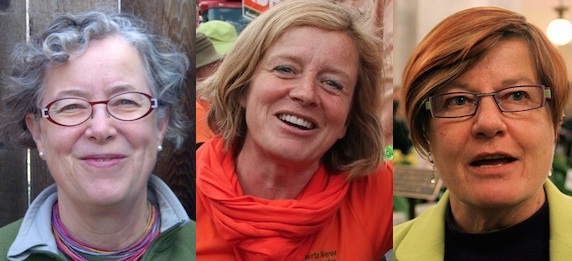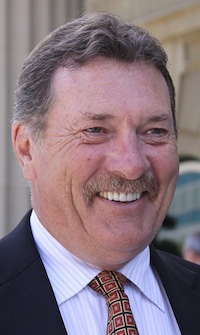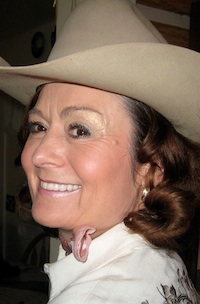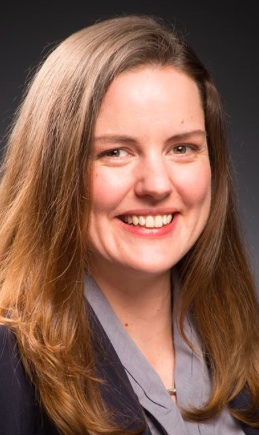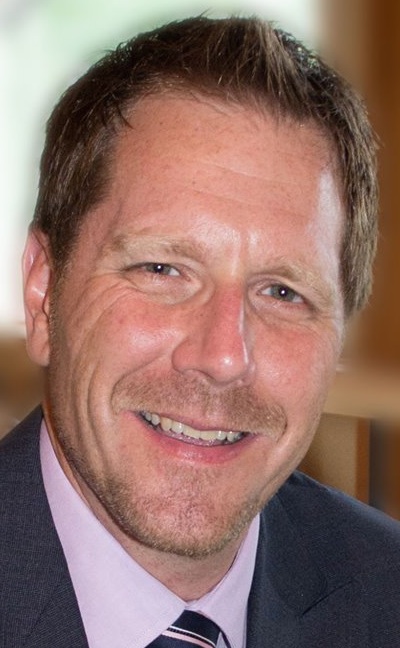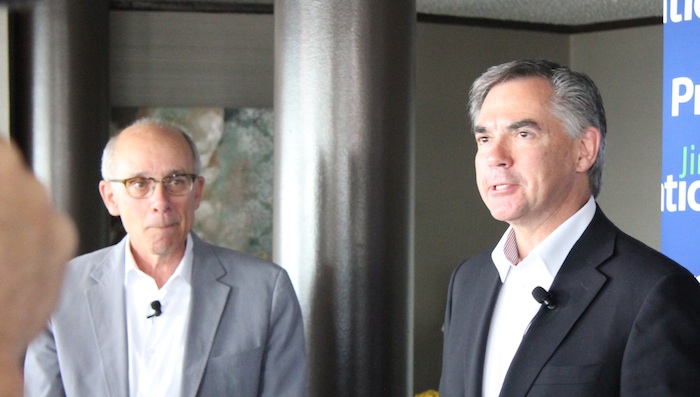Photo: UCP MLA Jason Nixon (left) and UCP MLA Ric McIver (right) as the host of The McIver Report.
I was surprised to discover this week that Ric McIver, the United Conservative Party MLA from Calgary-Hays and former Calgary Alderman, is the host of a TV show which is recorded in a basement studio at a private residence in the town of Olds. The McIver Report is broadcast on CATV1 and ONET Channel 55 in central Alberta.

Are you wondering why an MLA from suburban south east Calgary would host a TV show in Olds, which is located 100 km away from his constituency?
I sure was.
Speaking to McIver on the phone this week, he told me that he was randomly approached by company owner Fred May “a couple of years ago” with an offer to host a show. He couldn’t remember the exact dates or how many shows he has hosted, but there have been a few.
McIver described the show as “a fun thing” he does in a volunteer capacity every now and then between trips from Calgary to the Legislature in Edmonton.
Even though the show is recorded for a community television station in a basement studio, it’s not quite Wayne’s World, and despite the name, it’s not quite The Mercer Report either.
Guests on McIver’s show have included 2017 Progressive Conservative leadership candidate Byron Nelson, tax lawyer Arthur Olson, and UCP MLA Jason Nixon, who represents the central Alberta district of Rimbey-Rocky Mountain House-Sundre. The Olson and Nixon episodes are available to view for free on the CATV1 website, while the others appear to be located on a Video on Demand site.

The McIver/Nixon interviews are what you would expect a conversation would be like when two UCP MLAs sit down to talk about politics in Alberta. The interview is slow-paced, friendly, and peppered with typical UCP claims about NDP economic mismanagement, the carbon tax, rural alienation, and a parting partisan pitch.
“We need Albertans to help stand up with us and help us fill the coffers,” Nixon said about UCP fundraising in the sixth segment of the McIver/Nixon interviews. “Now we’re going to need help from Albertans to make sure we have a big enough war chest to face the NDP,” Nixon continued in an awkwardly placed fundraising pitch.
You can watch the episodes available online and judge for yourself, but we should encourage our MLAs to use different communications tools available to them. Though I suspect there is a danger that some unsuspecting grandma in Carstairs or Cremona might tune in believing this it to be a ‘fair and balanced’ public affairs program. McIver basically presents what could be an MLA local newspaper column in video format. Only, he’s not the local MLA.
McIver told me that a similar program, called “The Marz Report” was hosted by former Olds-Didsbury-Three Hills MLA Richard Marz until his retirement in 2012. It is still not clear to me why the current local UCP MLA, Nathan Cooper, is not the host of the show.
For all the effort that goes into producing The McIver Report, I was mostly surprised that McIver and the company have not tried to promote the show on social media, where it might reach a larger audience, including McIver’s constituents in Calgary-Hays.
Note: McIver asked if I would be interested in being a guest on his show. I told him I would be interested if I we could make our schedules work.
Mini-Cabinet Shuffle

Premier Rachel Notley made some minor changes to her cabinet in a shuffle yesterday.
Two New Democratic Party MLAs not seeking re-election in next year’s provincial election were shuffled out of cabinet. Now former Service Alberta Minister Stephanie McLean and Associate Health Minister Brandy Payne will return to the backbenches when the Assembly resumes in the fall.
Calgary-Currie MLA Brian Malkinson takes over McLean’s role as Minister of Service Alberta, and current Children’s Services Minister Danielle Larivee takes the additional role of Minister of the Status of Women. Larivee was appointed to cabinet in 2015 and has been seen as a rising star in Rachel Notley’s cabinet.
